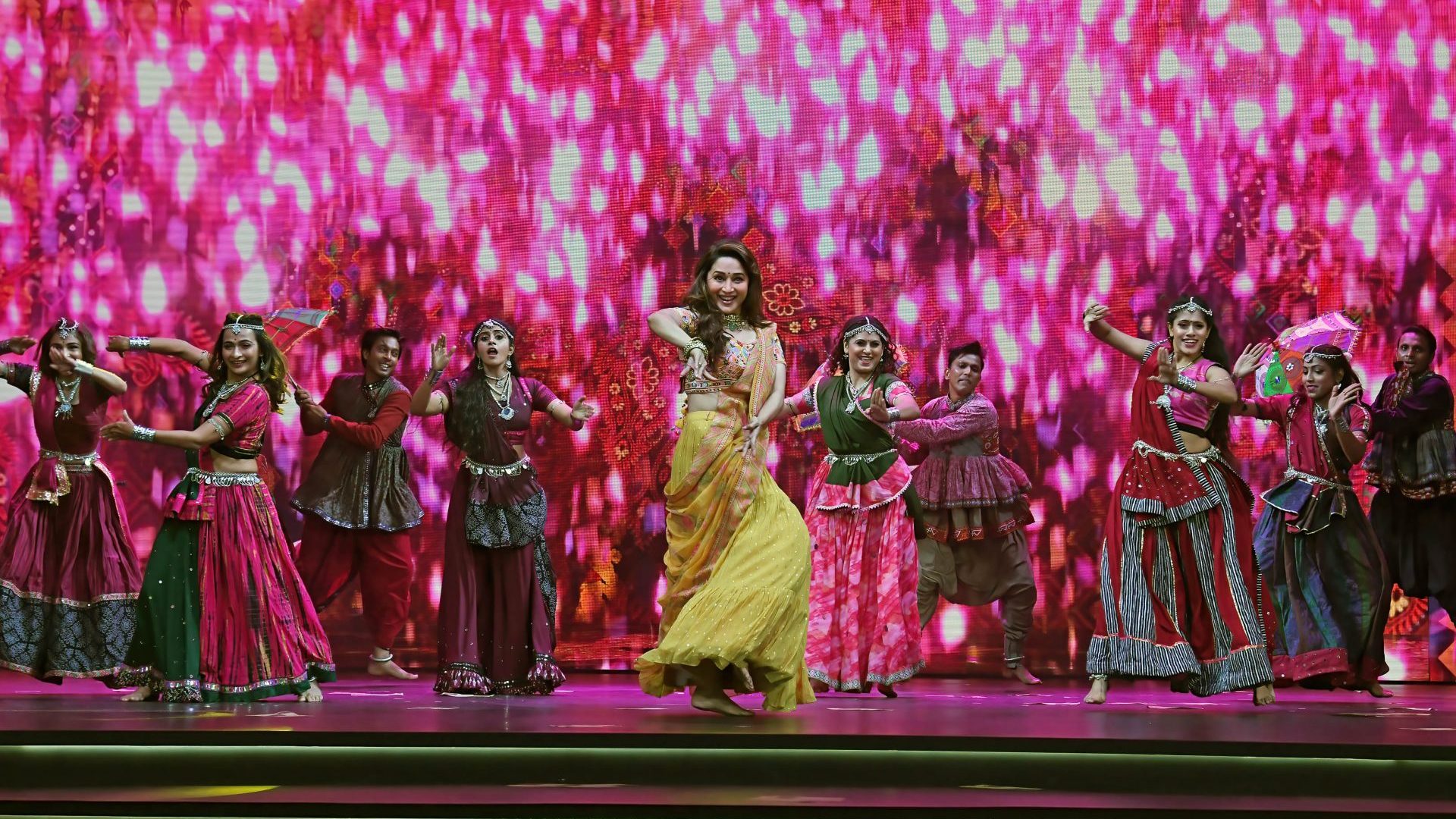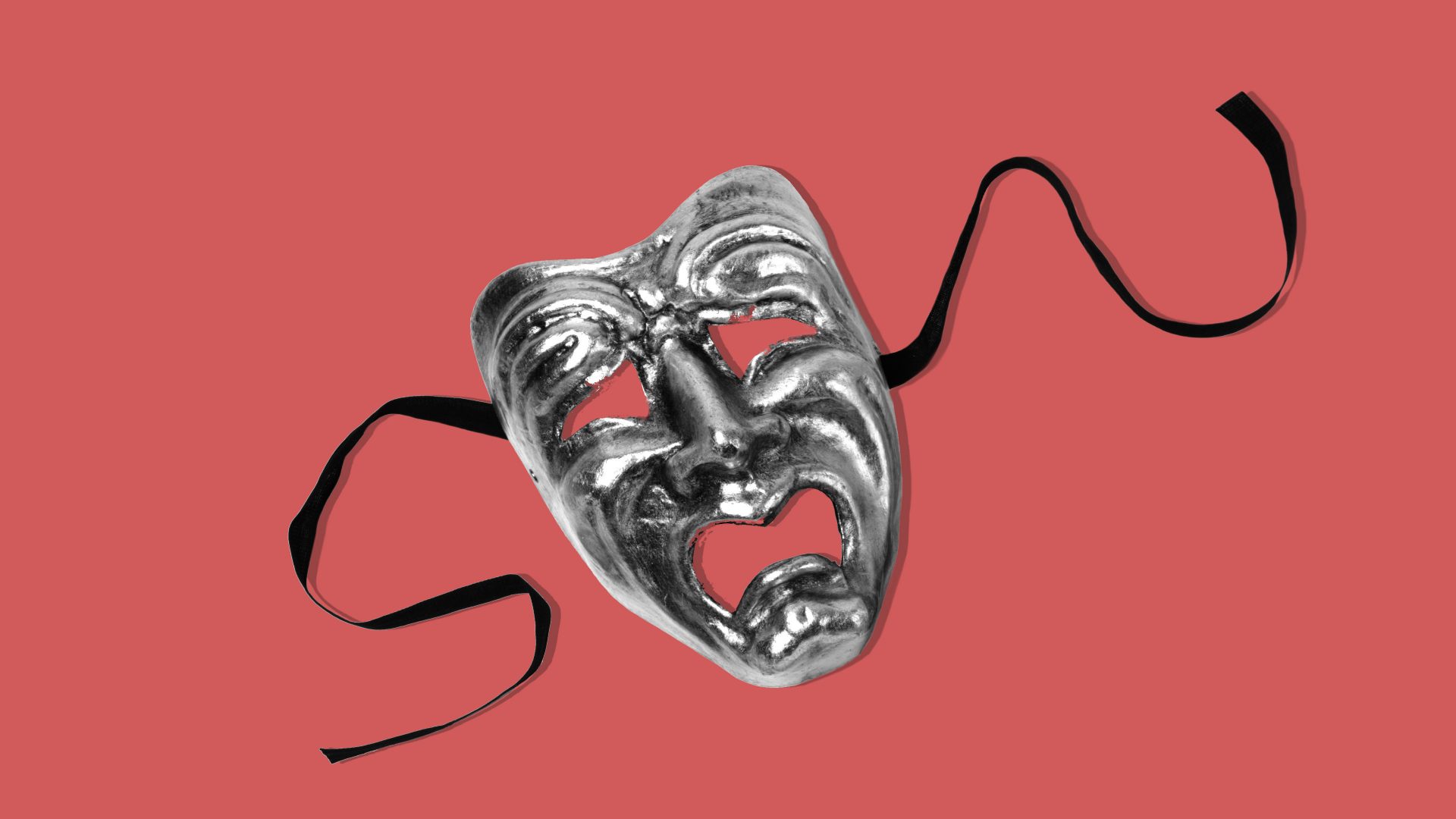On paper, it sounds like your typical Bollywood film. Shiva, a poor orphan and aspiring DJ, falls in love with Isha, an erudite Indian who lives in London. There is drama and violence aplenty, not to mention a hero who overcomes the challenges posed by his humble background to get the girl.
The release of Brahmastra marks a landmark moment in Bollywood. Its backers have allegedly spent more on special effects than any other film in the industry’s history. The end product is Marvel meets Hindu mythology.
For many, it was the last throw of the dice for Bollywood cinema, as one of India’s most iconic cultural exports is enduring an unprecedented crisis. This year, 20 out of the 26 major Bollywood releases have flopped – defined as losing half or more of their initial investment. This is double the failure rate of 2019.
Before the pandemic, around 20 million film-crazy Indians would visit the cinema daily, a remarkable 1.5% of its 1.38 billion citizens. Now, many cinema halls are empty. Ticket sales from Bollywood films fell by almost 50% between July and September, compared with the same quarter in 2019.
“I think very simply, the quality and the standard of Bollywood films has actually always been pretty low,” admits Patrick Graham, a British director who has worked in the Indian film industry since 2010. “Not only in a lot of the technical departments, but also artistically or in terms of script, they are pretty infantile. I am not saying that as a snobby Brit; a lot of Indian audiences appear to have just become fatigued to it.”
Europeans like Graham, who had carved out successful careers for themselves in Bollywood, now say there are rapidly diminishing opportunities. So, what has gone wrong?
Many blame the pandemic for sparking the industry’s woes. Few countries were as badly hit by Covid-19 as India, the world’s second most populous country, but one of the lowest global spenders on public healthcare.
Up to five million Indians are believed to have died, according to a World Health Organization estimate, despite the country being placed under one of the world’s strictest lockdowns for almost two years. Filming abruptly came to a halt and cinema halls closed their doors. Only in March this year did cinemas reopen at full capacity in Mumbai.
As they were confined to their homes, Indians’ appetite for entertainment did not waver and many turned to online over-the-top (OTT) media platforms, such as Amazon Prime and Netflix, for the first time, which contained a wide variety of high-quality international content. Roughly one-quarter of Indians are now signed up to at least one OTT platform and this figure is expected to grow to 31% by 2027. Just 12%of households had a subscription in 2019.
Dinner time at Gurmeet Singh’s home is a flurry of activity. The mother-of-three, who lives in a small apartment in the city of Bathinda in north-west India, is typical of this sudden OTT revolution. From a lower-middle class family, she enthuses about the selection and value for money provided by the platforms.
As she kneads dough that she will fry into mooli paratha, a flat bread stuffed with radish, her teenage daughter offers to help her season a fresh cut of mutton. “She is hoping that I will give her control of the remote this evening while we all eat,” she says with a laugh.
“She is currently watching this American high school show, Never Have I Ever [where the lead character is Indian-American] but she is also obsessed with the Korean band BTS, so loves shows from that country too.”
Hundreds of millions of Indians were pushed into poverty during the pandemic and so OTT platforms have also become the economic choice. A monthly mobile subscription to Netflix India is just Rs149 (£1.70). “It can cost at least Rs3,000 (£32.60) to take your entire family to a proper cinema hall in one of India’s metro cities and people are much more prudent these days about where they spend their bucks,” explains Rajnish Lall, a leading producer in the Indian film industry.
“It isn’t just the ticket cost but the popcorn, colas, coffees and the trauma of driving through the traffic in a city like Mumbai or Delhi, finding parking and so on, versus the comfort of watching at home.”
Bollywood is also under growing attack from the Indian government. The country’s increasingly authoritarian prime minister, Narendra Modi, has openly cultivated fervent Hindu nationalism since his re-election in 2019. As Modi’s ruling Bharatiya Janata Party (BJP) has implemented a string of Islamophobic policies and taken apart civil society, it recognises its Bollywood stars are one of the few remaining figures who can speak out against the government.
In 2021, one of India’s most famous actors, Aamir Khan, who is Muslim, caused consternation when he said he was considering moving abroad. “As an individual, as part of this country as a citizen, we read in the papers what is happening, we see it on the news and certainly, I have been alarmed,” said Khan.
Right wing Hindu nationalists associated with the BJP led a large-scale campaign to boycott Khan’s August release, Laal Singh Chaddha, a Bollywood remake of the Hollywood classic Forrest Gump. “Bollywood has, for over 100 years, been the most popular vehicle of India’s secularism and diversity – not just in the kind of content that we make, but also because we have the highest representation of minorities in any industry in India. There is a huge success rate of Muslims in particular and that really bothers the Hindu right,” explains Swara Bhasker, one of India’s leading actresses.
“We’ve now seen a completely toxic and poisonous narrative emerge that has targeted Bollywood, saying that it is promoting Islamic culture and has links with the underworld in Pakistan.”
Bhasker has regularly spoken out against the BJP’s Islamophobia in recent years and has since found herself as persona non grata within Bollywood. “Directors and producers regularly tell me that they are scared of casting me, about a backlash from the Indian authorities,” she adds.
Deepika Padukone, another of India’s leading actresses, was detained after speaking out in support of a student movement opposing an anti-Muslim citizenship law. And the son of Shah Rukh Khan, known as the “King of Bollywood”, was jailed for one month before being arrested and then cleared of taking recreational drugs while at a party in Mumbai.
Khan had previously spoken out against the lynchings of Muslims by right wing Hindu groups. “The Indian authorities have created this idea of Bollywood being a threat to traditional Indian family values and being full of drugs and immoral practices,” says Graham. “The government are putting a horrendous amount of pressure on Bollywood producers to make Hindu-centric films with Muslim bad guys, those that pander to right wing Hindus over those with good storytelling.”
Vincenzo Condorelli, an Italian cinematographer who has worked in the industry since 2018, is more optimistic for Bollywood’s revival. He has just wrapped up a shoot in the western state of Rajasthan. While there, he was delighted to see a sold-out cinema showing RRR, a film produced in India’s southern Telugu-speaking states and then dubbed into Hindi.
This year has seen a succession of tightly scripted southern Indian films outperforming big Bollywood releases. For Condorelli, this is evidence that the Indian public hasn’t turned its back on the cinema – it’s just that their standards are higher.
“Usually, Bollywood is the nationwide industry that is seen everywhere and Tamil cinema is a regional market, but what has become very interesting is that this regional product has suddenly become successful nationwide,” explains Condorelli. “I think southern Indian films and OTT platforms have told a much broader scope of stories, they are more inclusive and from a creative and technical point of view, they have been more up to international standards.”
He remains hopeful that Bollywood’s recent struggles will actually provide the industry with an opportunity to reform for the better. For Graham, however, the crackdown on civil society in India has left him with no choice; he will leave the industry and country later this year.
The more liberal OTT space had provided him with a broader scope to produce content than conservative Bollywood. But the Indian government has now also launched a crackdown there, filing police complaints against both Netflix and Amazon Prime over scenes it considers anti-Hindu.
“Right wing trolls are now putting a horrendous amount of pressure on these platforms, too, and producers are being forced to toe the line,” says Graham. “We can’t say anything nowadays and you especially can’t mention religion or politics. Telling a decent story is becoming harder and harder.”
Joe Wallen is the Daily Telegraph’s South Asia correspondent



